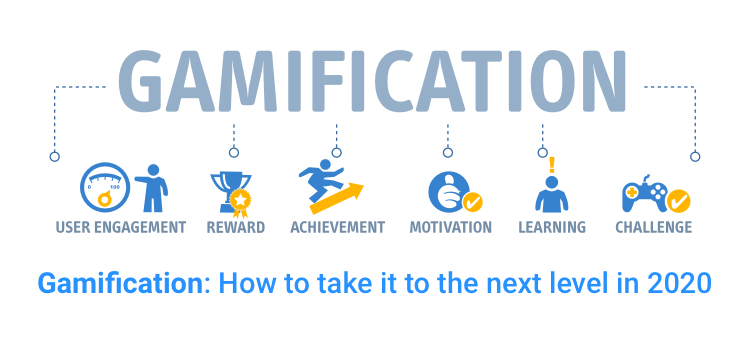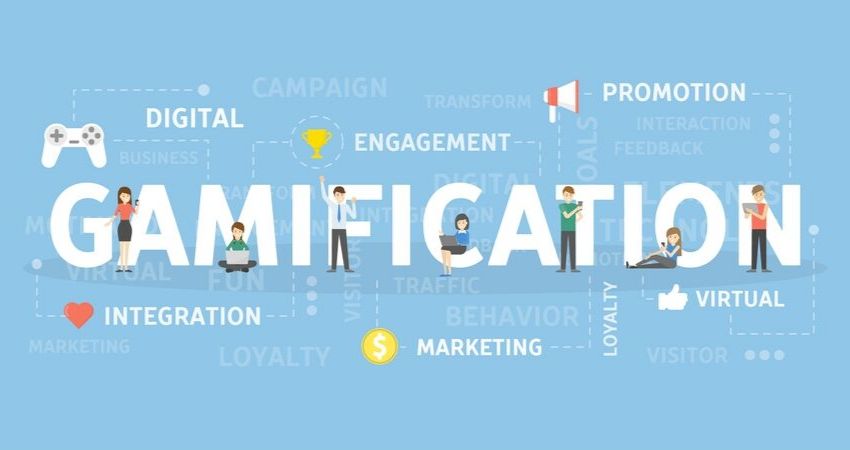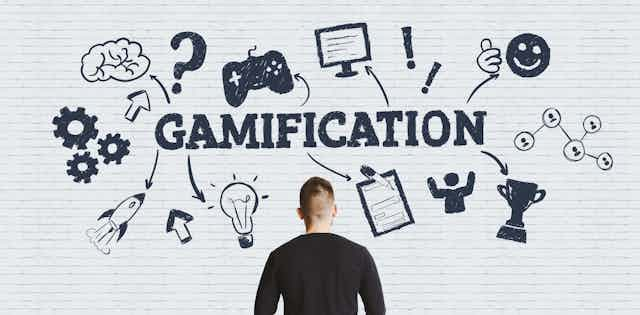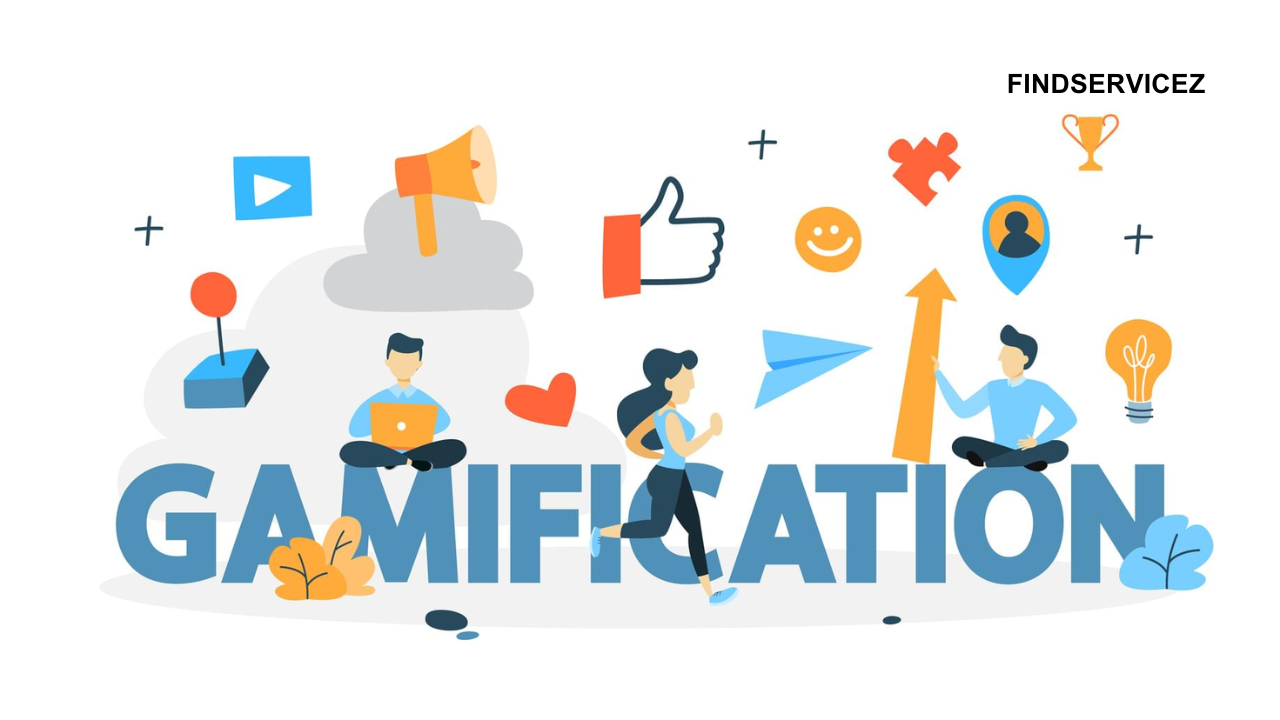In an age where technology is deeply integrated into education and professional training, engaging learners has become a pressing challenge. Gamification, the application of game-design elements in non-game contexts, has emerged as a powerful solution to this problem. By incorporating elements like points, badges, leaderboards, and storytelling into the learning process, educators can captivate learners’ attention and foster a more dynamic, interactive experience.
This article explores how gamification can be used to engage learners, the psychology behind its effectiveness, practical strategies for implementation, and potential pitfalls to avoid.
Understanding Gamification in Learning
What is Gamification?
Gamification refers to the integration of game mechanics into educational activities to make them more engaging and enjoyable. While not the same as game-based learning (which uses actual games to teach), gamification applies game elements to non-game settings. Examples include awarding points for completing assignments, creating competition with leaderboards, or embedding narratives into lessons.

Why Does Gamification Work?
The success of gamification lies in its ability to tap into intrinsic and extrinsic motivators:
- Intrinsic Motivation: Learners are driven by internal satisfaction, such as mastering a skill or achieving personal growth.
- Extrinsic Motivation: Gamification appeals to external rewards like earning points, badges, or recognition from peers.
Psychological principles such as the reward system, progress feedback, and social connectivity play critical roles in the effectiveness of gamification.
Benefits of Gamification in Learning
- Increased Engagement: Game elements make learning more interactive and fun, keeping learners focused.
- Enhanced Motivation: Immediate rewards, such as earning badges or leveling up, encourage continuous participation.
- Improved Knowledge Retention: Active participation and repetition help learners retain information better.
- Development of Problem-Solving Skills: Games often involve challenges that require critical thinking and creativity.
- Fostering Collaboration: Multiplayer elements or team challenges build a sense of community among learners.
Essential Components of Gamification
For gamification to be effective, it should incorporate the following key elements:
1. Clear Goals and Objectives
Learners must understand the purpose of their tasks and how these contribute to their overall learning objectives. Clear goals provide direction and purpose, essential for maintaining motivation.
2. Progression Systems
Mechanisms like levels or stages provide learners with a sense of achievement as they advance through the material. Progression systems should balance challenge with skill level to maintain engagement.
3. Rewards and Recognition
Rewards such as points, badges, or certificates give learners tangible evidence of their accomplishments, boosting motivation.
4. Challenges
Incorporating tasks or puzzles that require effort and critical thinking makes the learning process stimulating.
5. Immediate Feedback
Providing instant feedback allows learners to see the results of their efforts and adjust their strategies in real-time.
6. Social Interaction
Leaderboards, peer challenges, and team-based activities create a sense of community and healthy competition.
Strategies to Implement Gamification in Learning
1. Start with the Learners’ Needs
Understanding your audience is the first step in gamification. Consider factors such as:
- Age group
- Skill levels
- Learning preferences
- Cultural background
Design gamified elements that resonate with your learners and their specific needs.

2. Incorporate Storytelling
Stories captivate attention and provide context. For example, transforming a math problem into an adventure story where learners solve puzzles to rescue characters can make the content more relatable and exciting.
3. Use Levels and Progress Bars
Divide learning content into levels or stages to allow learners to progress at their own pace. Include visual progress indicators like bars or charts to show how far they’ve come.
4. Introduce Leaderboards
Leaderboards foster friendly competition among learners. While they motivate some, be cautious about overemphasizing competition, as it can demotivate those consistently ranked lower.
5. Design Interactive Quizzes and Challenges
Interactive quizzes with immediate feedback not only reinforce learning but also provide learners with a sense of accomplishment.
6. Offer Customization
Allow learners to personalize their avatars, badges, or learning paths. This fosters a sense of ownership and connection to the learning experience.
7. Provide Incentives
Incorporate tangible rewards like certificates, gift cards, or additional learning resources to incentivize participation.
8. Encourage Collaboration
Group challenges or team-based games can improve collaboration skills and create a supportive learning environment.
9. Leverage Technology
Use gamified learning platforms or apps, such as Kahoot, Duolingo, or Classcraft, to make the implementation process seamless and engaging.
Examples of Gamification in Action
Example 1: Language Learning Apps
Platforms like Duolingo use gamification extensively:
- Earn points for completing lessons
- Progress through levels
- Compete with friends on leaderboards
- Receive daily streak rewards
Example 2: Corporate Training Programs
Many companies, such as Deloitte, integrate gamification into employee training programs. Employees can earn badges for completing courses, advancing through modules, and participating in challenges.
How Online Learning is Transforming Employee Onboarding: A Comprehensive Guide
Example 3: Classroom Settings
Teachers use tools like Kahoot to create competitive quizzes where students earn points for correct answers and fast responses, creating an energetic learning environment.
Challenges in Gamification
While gamification has many advantages, it is not without challenges:
1. Overemphasis on Rewards
Focusing too heavily on extrinsic rewards can detract from intrinsic motivation, making learners overly reliant on rewards.
2. Inequality in Competition
Not all learners thrive in competitive environments. Leaderboards and other competitive elements can discourage learners who struggle to keep up.
3. Complex Implementation
Designing an effective gamified system requires careful planning and resources, including time and technology.
4. Risk of Distraction
Poorly implemented gamification can lead to learners focusing more on the game mechanics than the educational content.
5. Sustainability
Gamified elements must evolve to maintain engagement. Over time, learners may lose interest if the system becomes repetitive or predictable.

Best Practices for Successful Gamification
1. Keep It Simple
Avoid overly complex systems that can overwhelm learners. Start with basic game mechanics and gradually introduce more advanced elements.
2. Align with Learning Objectives
Ensure that all gamified elements contribute to the learning goals. The focus should remain on education, not entertainment.
3. Encourage a Growth Mindset
Design gamification to reward effort and improvement, not just performance. This motivates all learners to keep trying, regardless of their starting point.
4. Test and Iterate
Gather feedback from learners to refine your gamification approach. Continuous improvement ensures long-term engagement and effectiveness.
5. Integrate Across Platforms
Use multiple tools and platforms to create a cohesive gamified learning experience. For example, combine online quizzes with physical classroom activities.
Future of Gamification in Learning
As technology evolves, gamification will become increasingly sophisticated. Emerging trends include:
- Virtual Reality (VR) and Augmented Reality (AR): Immersive environments where learners can interact with content in 3D.
- Adaptive Gamification: Personalizing gamified elements based on individual learning styles and progress.
- Blockchain for Credentialing: Using blockchain to issue tamper-proof digital badges and certificates.
- AI-Driven Insights: Leveraging artificial intelligence to analyze learner behavior and optimize gamified experiences.
These innovations promise to make gamified learning even more engaging and impactful.
Gamification is transforming the way learners engage with content by making education more interactive, enjoyable, and effective. By integrating game elements such as points, levels, and storytelling, educators and trainers can foster motivation, enhance retention, and build critical skills.
Coaching Teachers for Virtual Classroom Success: A Comprehensive Guide
While challenges exist, careful planning and implementation can mitigate potential pitfalls. As technology continues to advance, the possibilities for gamified learning are boundless, offering exciting opportunities to revolutionize education and training in both academic and professional settings.
By understanding the principles of gamification and tailoring them to your audience, you can create a dynamic learning experience that keeps learners motivated and eager to achieve their goals.

